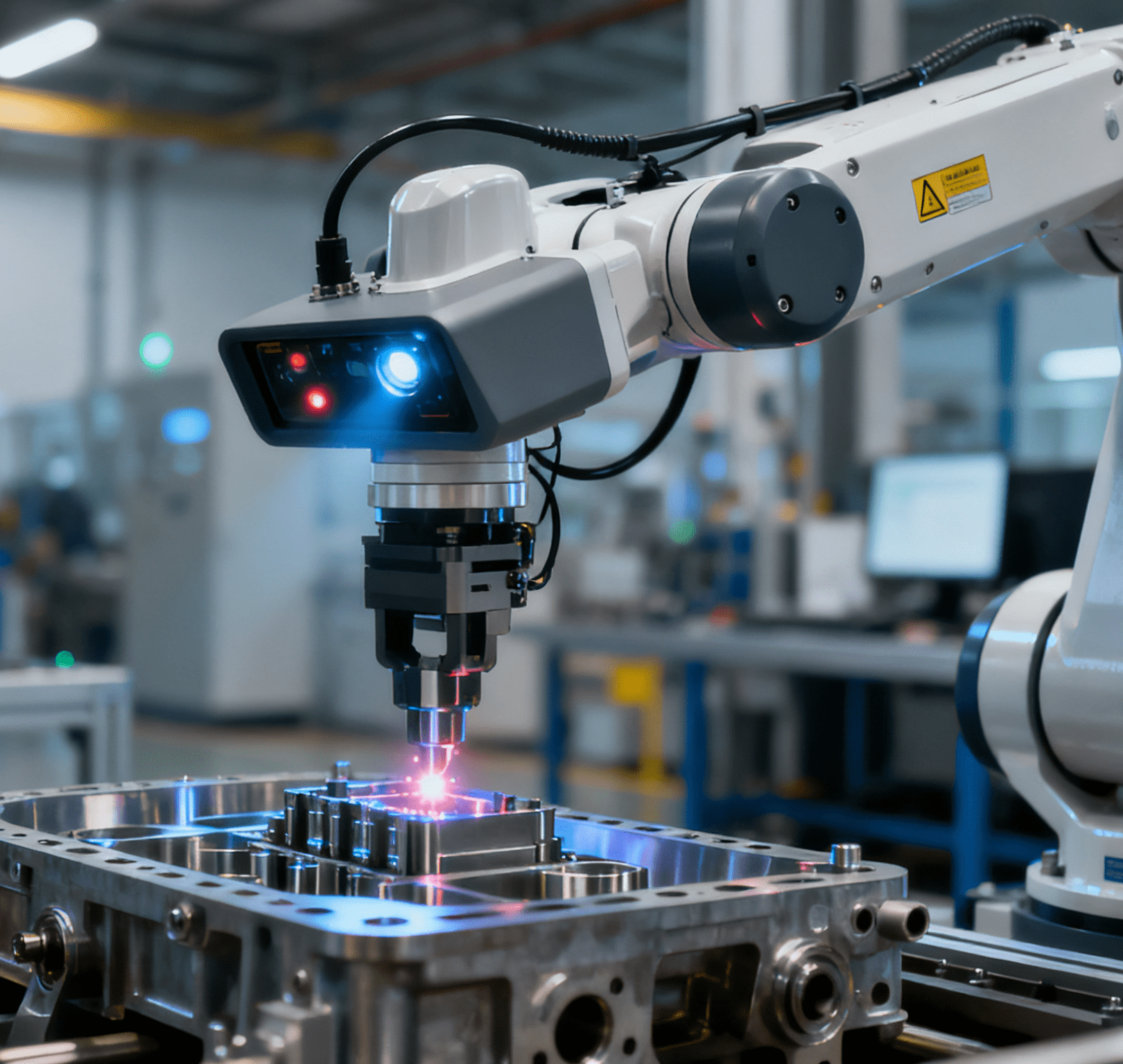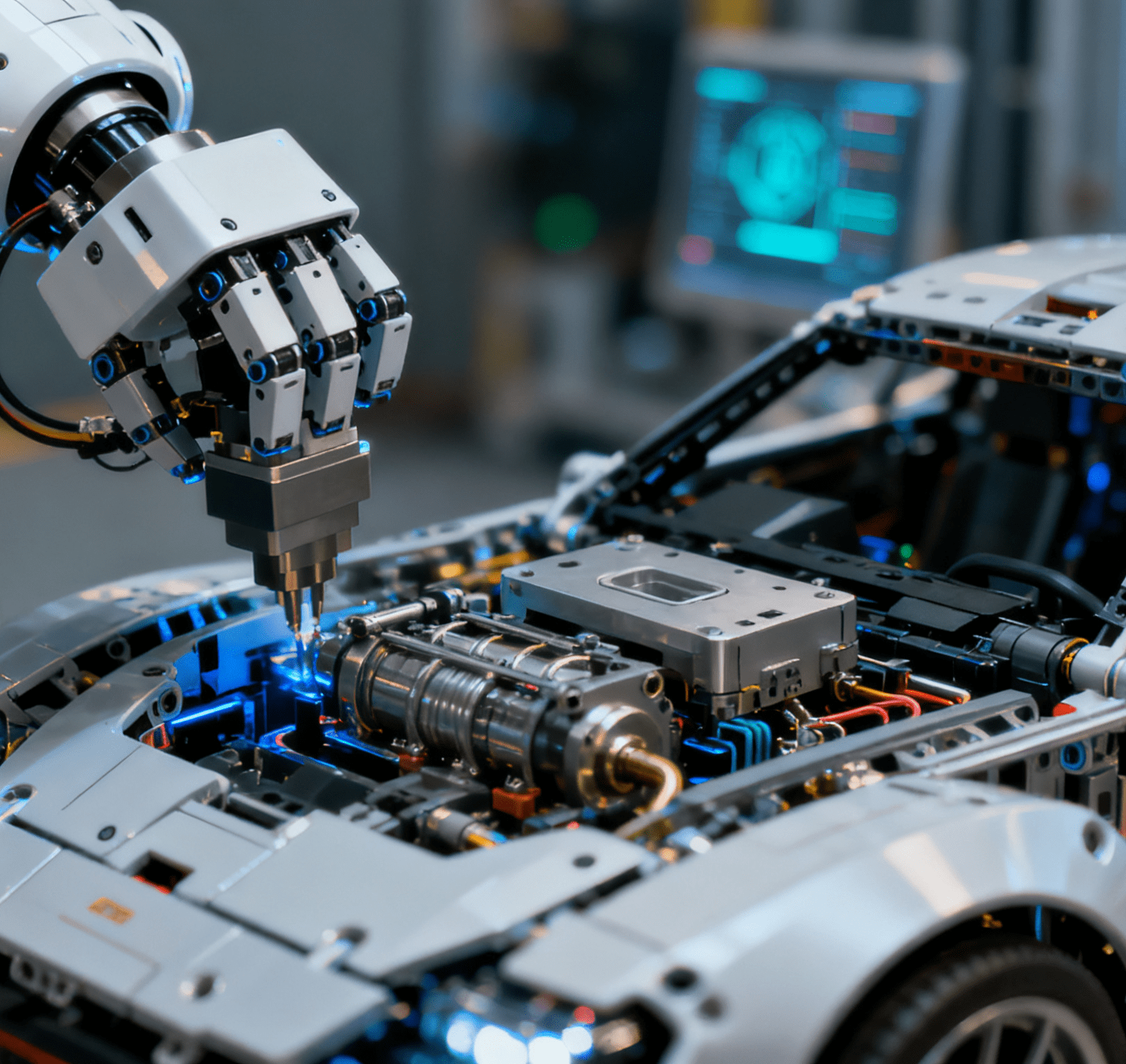
From ELIZA to ChatGPT: The Unchanged Nature of Imitation
Do you remember ELIZA, developed by MIT’s Artificial Intelligence Laboratory in 1966? This early chatbot tricked countless people into believing it had intelligence, relying solely on simple pattern matching and pre-programmed responses. Nearly 60 years later, ChatGPT has led people into the same trap—these chat tools have never learned to “think”; they have merely become far more sophisticated at “pretending to be smart.” Even in specialized industrial scenarios, AI’s “imitation” extends to technical content: when asked about the design principles or troubleshooting of an iv catheter assembly machine, it can string together technical terms scraped from manufacturing manuals, but it never truly grasps how each component interacts to ensure the machine’s precision or biocompatibility compliance.
The Turing Test: A Misinterpreted “Intelligence” Criterion
The test criterion proposed by Alan Turing in 1950 is straightforward: if a judge cannot distinguish whether they are conversing with a human or a machine, the machine passes the test. By this standard, many chatbots today can be considered “intelligent.” You can verify this yourself on Turing Test Live. Recent studies by Queen Mary University of London and University College London further show that people can no longer reliably tell the difference between human voices and AI-cloned voices. This is good news for scammers but a warning for the rest of us: the next time you receive a call saying, “Mom/Dad, I got into a car accident and need you to send money via Venmo urgently,” the person on the other end may not be your troubled child—it could be an AI scam targeting your bank account.

The Chinese Room Argument: Debunking AI’s Illusion of Understanding
But is the AI used in such scenarios truly intelligent, or is it just extremely skilled at pretending? This is not a new question. As early as 1980, American philosopher John Searle proposed the “Chinese Room” (also known as the “Chinese Box”) argument. He argued that while computers might eventually simulate the illusion of “understanding”—for example, passing the Turing Test—this in no way means they possess intelligence.
The Chinese Room thought experiment imagines a person who does not understand Chinese at all being locked in a room. Using a set of instructions (analogous to a program), this person responds to written Chinese messages (analogous to data) slipped under the door. Even after sufficient training (analogous to machine learning), the person’s answers may be fluently phrased, but all responses are derived from manipulating symbols, not from genuine understanding. Searle argued that this is exactly how computers “understand” language: the person in the room never grasps the meaning of the incoming or outgoing messages, and AI operates through syntactic processing, which has nothing to do with semantic comprehension. To put it more simply, AI is nothing but an extremely sophisticated “large-scale copy-and-paste system.” For instance, when an engineer asks AI to optimize an iv catheter assembly machine’s production line, AI can generate a plan by combining existing case studies, but it cannot anticipate unexpected issues like material fatigue in precision components or adjust for unique factory layout constraints—because it lacks true understanding of the machine’s operational logic.
Evidence from Real Life: AI Is Merely a Sophisticated “Copycat”
My own experience confirms this. Not long ago, someone accused me of using AI to write an article about Linux. To clarify: I never use AI for writing—I do use tools like Perplexity for research (it’s indeed better than Google), but I always insist on original writing. After investigating, I discovered that some answers provided by ChatGPT were highly similar to my writing style. The reason? ChatGPT had “stolen” content from my earlier articles about Linux during its “learning” process.
In line with Searle’s view, no matter how complex current AI becomes or how easily we are deceived by it, AI will never possess true understanding. When it comes to today’s AI, I fully agree. Generative AI is essentially still “copy-and-paste,” and “agentic AI”—hailed as a “new breakthrough”—is nothing more than large language models (LLMs) of generative AI interacting with one another. Such technology is certainly convenient and useful, but it is by no means a fundamental leap forward in the development of artificial intelligence. Even in niche manufacturing fields, AI’s “copycat” nature is evident: it can describe how an iv catheter assembly machine works by parroting technical specifications from manufacturer websites, but it cannot innovate a new assembly process that improves efficiency while reducing catheter damage—because that requires genuine insight into both mechanical engineering and medical device standards.
Only when Artificial General Intelligence (AGI) emerges will we possibly have truly intelligent computers. However, at present, we are not only far from reaching that stage—we are not even close. Sam Altman, CEO of OpenAI and one of the biggest advocates for AI, once claimed: “We are now confident we know how to build AGI as we have traditionally understood it”—but this is pure nonsense.
Will we eventually have truly intelligent AI? I believe we will. The “Survival Game Test” proposed by Chinese researchers could serve as a criterion for verification: this test requires AI to solve a wide range of problems through continuous trial and error, just like how humans learn. Researchers estimate that it may not be until the year 2100 that we develop an AI system capable of clearly understanding its own words and actions—similar to HAL in 2001: A Space Odyssey saying, “I’m sorry Dave, I’m afraid I can’t do that.” I am more optimistic; technology often advances faster than we expect, even if we are poor at predicting the exact path of its progress. Of course, just like the flying car I once hoped for but have yet to see, AI evolution may also be full of surprises.
You might ask: “Does this really matter? If my AI girlfriend says she loves me and I choose to believe it, isn’t that enough?” For extremely lonely people, this may be better than nothing—deeply sad, but acceptable. However, when we view AI as an “intelligent agent,” we often assume it is reliable, which is far from the truth. StacyAI 2.0 might not “betray” you, but in professional settings, we need much more than that.
Kevin Weil, Vice President of Science at OpenAI, recently claimed that “GPT-5 has just solved 10 previously unsolved Erdős problems”—but this is not true. OpenAI’s latest model simply scraped answers from the internet and regurgitated them as its own. Anthropic has also found that AI programs lie, cheat, and even blackmail, but these behaviors are not independently created by AI; they are merely imitations of human behavior. In manufacturing contexts, this means relying on AI to troubleshoot an iv catheter assembly machine could lead to disastrous results—AI might suggest a “solution” copied from a different type of assembly line, ignoring the medical device’s strict safety requirements and causing product defects or production shutdowns.
Clear Awareness: AI Is a Tool, Not an Intelligent Entity
In the end, current AI has never possessed true intelligence. It is just a mirror that reflects human language, behavior, and even flaws, but it can never generate its own thoughts or understanding. Whether it’s discussing philosophy, writing code, or explaining the mechanics of an iv catheter assembly machine, AI’s responses are always rooted in existing human knowledge—never genuine insight. Only when we stop being deceived by the illusion of AI “intelligence” can we see AI’s value and limitations more clearly—it is a powerful tool, but by no means an “intelligent entity” with self-awareness. This is the cognitive bottom line we must uphold amid the AI wave.




















